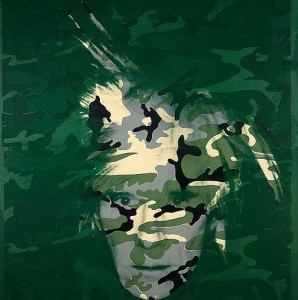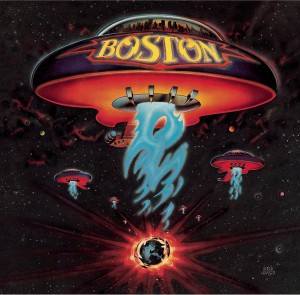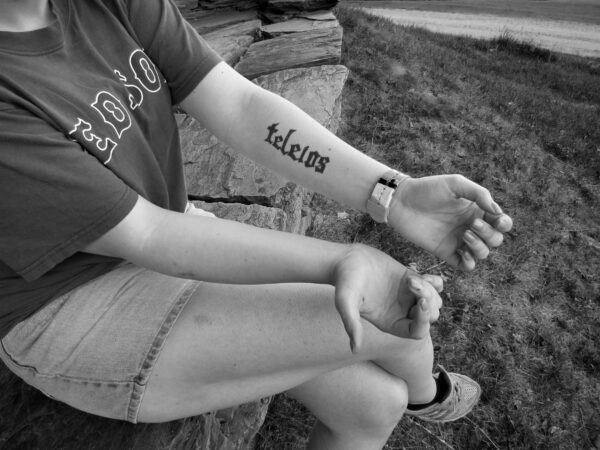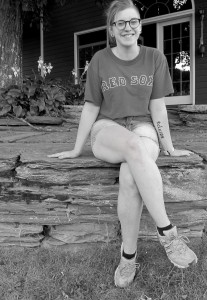I met Sarah Cram at a conference for female leaders in the visual arts. Acting as the intern she kept a low profile as she scurried around setting up the event space. After shooting the breeze with another Art Admin regarding our different, but parallell visions and work, she suggested I sit Sarah down for a chat. Further explaining that Ms. Cram was making work specifically addressing feminist issues, I took the bait. As it turned out, there were plenty of layers to be unveiled in this young artist, as I have happily discovered with just about all of the recommendations I have received lately.
—
Ms. Cram attends Gordon College, a Christian University north of Boston, and explained to me how she has not given up on the community there, but wants to contribute to the Christian dialogue with her young and empowered perspective. Within her edu community she contributes to the Barrington Blog with updates on cultural goings-on. Her artwork is aesthetically based in graphic design (also print-making and drawing,) but her concepts are still working out their best way to be let loose, with video and installation projects in the works. She has been writing a lot and thinking about self image, as many of us have/do.
—
In Highschool, she studied the Renaissance and a sliver of classical Art History. Van Gogh and Picasso were the favorites of her teachers, which included her mother’s preference. Although her Grandmother had a Salvador Dali magnet, her mother disapproved, and encouraged a very specific taste. Eventually she found Edward Gorey on her own, around the same time that she got into Tim Burton. She was uncovering a bit of a darker side and the beginnings of a more contemporary art exploration.
 She saw her first Warhol at the Metropolitan Museum of Art on a visit to New York, (this was her Freshman year). Looking back she thought it was “absurd,” just discovering him as a freshmen, but his art simply wasn’t taught to her before then. She clearly sensed the importance of his work. When she looked at that self portrait in camouflage she thought, “That speaks more to me than any classical piece hung on a wall.” From then on she fell in love with contemporary art, and went on to learn more. She now cites Marina Abramović, and Jenny Holzer among her favorites.
She saw her first Warhol at the Metropolitan Museum of Art on a visit to New York, (this was her Freshman year). Looking back she thought it was “absurd,” just discovering him as a freshmen, but his art simply wasn’t taught to her before then. She clearly sensed the importance of his work. When she looked at that self portrait in camouflage she thought, “That speaks more to me than any classical piece hung on a wall.” From then on she fell in love with contemporary art, and went on to learn more. She now cites Marina Abramović, and Jenny Holzer among her favorites.
Looking back further, from her early visual memories, she recalls the enamoring illustrations of Eric Carl’s collection, and the 5 year old wonderment of reading Curious George Goes to the Hospital. However, those fairly standard childhood images were surpassed one day when she discovered her father’s LP collection, pulling out Boston’s LP with the guitar spaceship cover art. It was the first time she considered composition, the illustrative plane, the type treatment, and morphing of imagery. She was hooked.
Now, she admits to feeling a tension between her own self expression and the Christian community that she finds herself in. She feels weird at her College, or in the church, when there are not people like her around. She gets the feeling that female expression is frowned upon. She mentioned other male students could show up with a mowhawk and everyone would love it, but her short hair, for example, would put her in a box where she was lumped in with a bunch of other kinds of people. “You’re under a finer microscope [as a woman].” She said.
Very naturally, she started exploring issues of feminism. At first a subtle interest, but now she wants to scream her ideas! She wants to acknowledge that there are all different types of women. She doesn’t share the ideology that there is one kind of femininity, or align herself with common codifiers of being a “lady”, though she doesn’t exclude being a wife or mother from the possibilities.
In her world, women are just as guilty of having a restrictive view of femininity. She submitted an article to an anonymous journal on campus, and was turned down for being too bold in her ideas on femininity. (The deciding pannel was comprised of women.)
A text-based tattoo on her left arm reads “teleios”, Greek for completion or maturity.
This is a symbol of her perpetual state of becoming complete.
Sarah alluded to personal experiences with women that include breast cancer and very specifically resulting in a loss of joy from the physical effects, as well as other uniquely female struggles that are tied to the body. Also empathizing with women who think or feel like men, Sarah wrestles with that knowledge, even though she identifies herself as a woman, and is a natural born woman. As a physical and emotional being, this is at the core of her exploration. She says that knowing that she was born a woman, is a daughter, sister, girlfriend, she finds her comfort in the thought that she was born a woman by design… but admits that this is an every day struggle to understand and define those terms.
When I asked her about her own body of artwork, and how all these ideas are being put down, she explained that the work that people haven’t seen yet is most important to her. The work done on her own, outside of school, and as a young teacher – being a leader, and setting an example for a different thought pattern for young (Christian) students. Getting the chance to explain that they have choices outside of the sub-cultural norms has been invigorating. She says her art is getting more bold, which is a challenge, while going through the internal process of preparing to make more visible statements.
—
“It isn’t a sin to be an artist. It’s not a sin to struggle with femininity. To not be lead to be a mother, lead to single-hood.” Sarah recalls being given opposite instruction. “I was reading scripture, and I didn’t see that anywhere. Because you are a woman doesn’t mean you have to sit at a desk… or cook wearing an apron and high heels. But we can still be servants by being leaders, and we can still do God’s work by being major voices in the art world.”
Related Links:
Warhol, yet again, on view at the MET
Originally published on www.bonniekate.com




